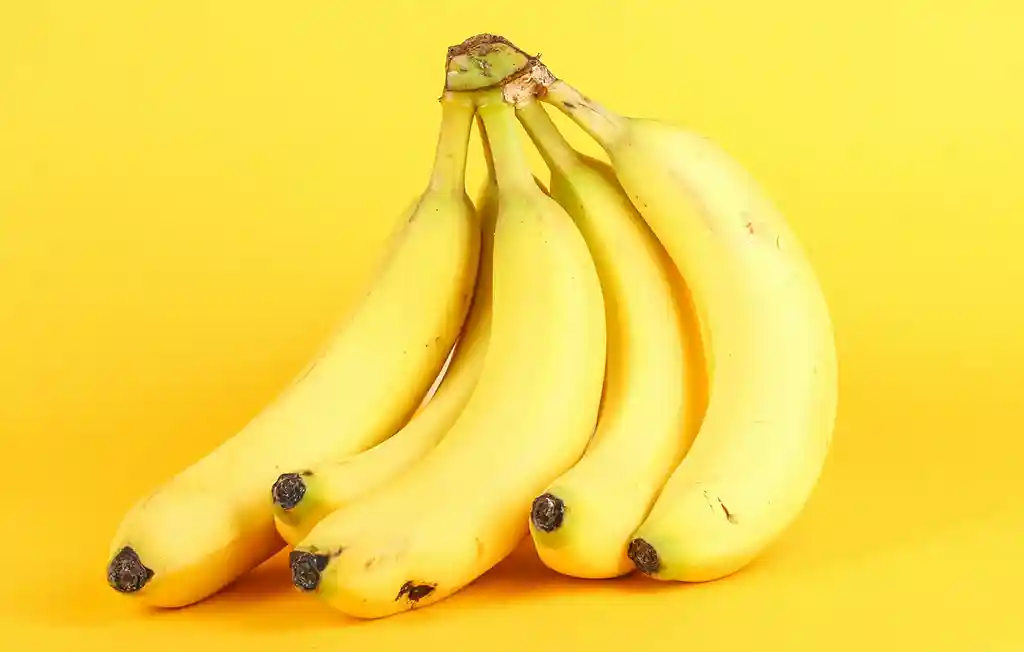Address
304 North Cardinal
St. Dorchester Center, MA 02124
Work Hours
Monday to Friday: 7AM - 7PM
Weekend: 10AM - 5PM
Address
304 North Cardinal
St. Dorchester Center, MA 02124
Work Hours
Monday to Friday: 7AM - 7PM
Weekend: 10AM - 5PM

We all have a soft spot for banana bread, that comforting treat that fills the kitchen with warmth and nostalgia. Yet, not every culinary adventure requires bananas that have tip-toed to the edge of overripeness. Sometimes, you simply crave that perfect banana, firm yet yielding, with just the right touch of sweetness. It’s the kind of banana that elevates your morning oatmeal, makes a splendid companion to a dollop of peanut butter for a quick pick-me-up snack, or stands proudly on its own as a satisfyingly simple indulgence. But as bananas ripen, they undergo a transformation, releasing ethylene gas that initiates the browning process, altering not just their appearance, but also their taste and texture.
However, fear not, for there exist some simple yet effective strategies that might potentially slow down this natural process of browning, thereby extending the window of prime banana enjoyment. Here, we present to you an array of tactics, culled from the annals of kitchen wisdom and practical experimentation
While it’s customary for supermarkets to bundle bananas in convenient plastic bags, once you bring them home, it’s imperative to liberate them from this confining enclosure. Leaving them ensconced in plastic accelerates their ripening process, hastening the onset of browning.
Consider investing in a banana hanger—a specialized contraption designed to cradle your bunch of bananas with care. By suspending them from this hanger, you not only prevent unsightly bruises but also potentially slow down the browning process.
he stems of bananas are the primary source of ethylene gas emission. By wrapping some plastic wrap snugly around the crown of the bunch, you create a barrier that impedes the release of this ripening agent, thereby staving off premature browning.
Bananas, like delicate blooms, wither under the harsh glare of sunlight and the oppressive embrace of warmth. To prolong their pristine state, bestow upon them the gift of a cool, shaded abode, shielded from the ravages of excessive heat.
Bananas are not the lone culprits in the ethylene gas emission game. Apples, pears, potatoes, avocados, and tomatoes—all notorious perpetrators—contribute to the ethylene symphony. To prevent undue influence, ensure bananas are kept apart from their ethylene-emitting brethren.
The refrigerator stands as a bastion of preservation, a fortress against the relentless march of time. Yet, banish not your bananas to its chilly confines until they have achieved peak ripeness. Once ripe, however, a stint in the fridge can grant them an additional lease on life, extending their vitality by one to two weeks.
But what if, despite your best efforts, you find yourself staring down a bunch of bananas that have crossed the threshold into over ripeness, their once vibrant yellow coats now tinged with hues of brown? Despair not, for all is not lost! Venture into the realm of culinary creativity with our treasure trove of recipes tailor-made for ripe bananas, ranging from the classic allure of banana oatmeal cookies to the irresistible charm of hummingbird cake. Embrace the versatility of this humble fruit, and let your imagination run wild amidst the delightful possibilities it presents.